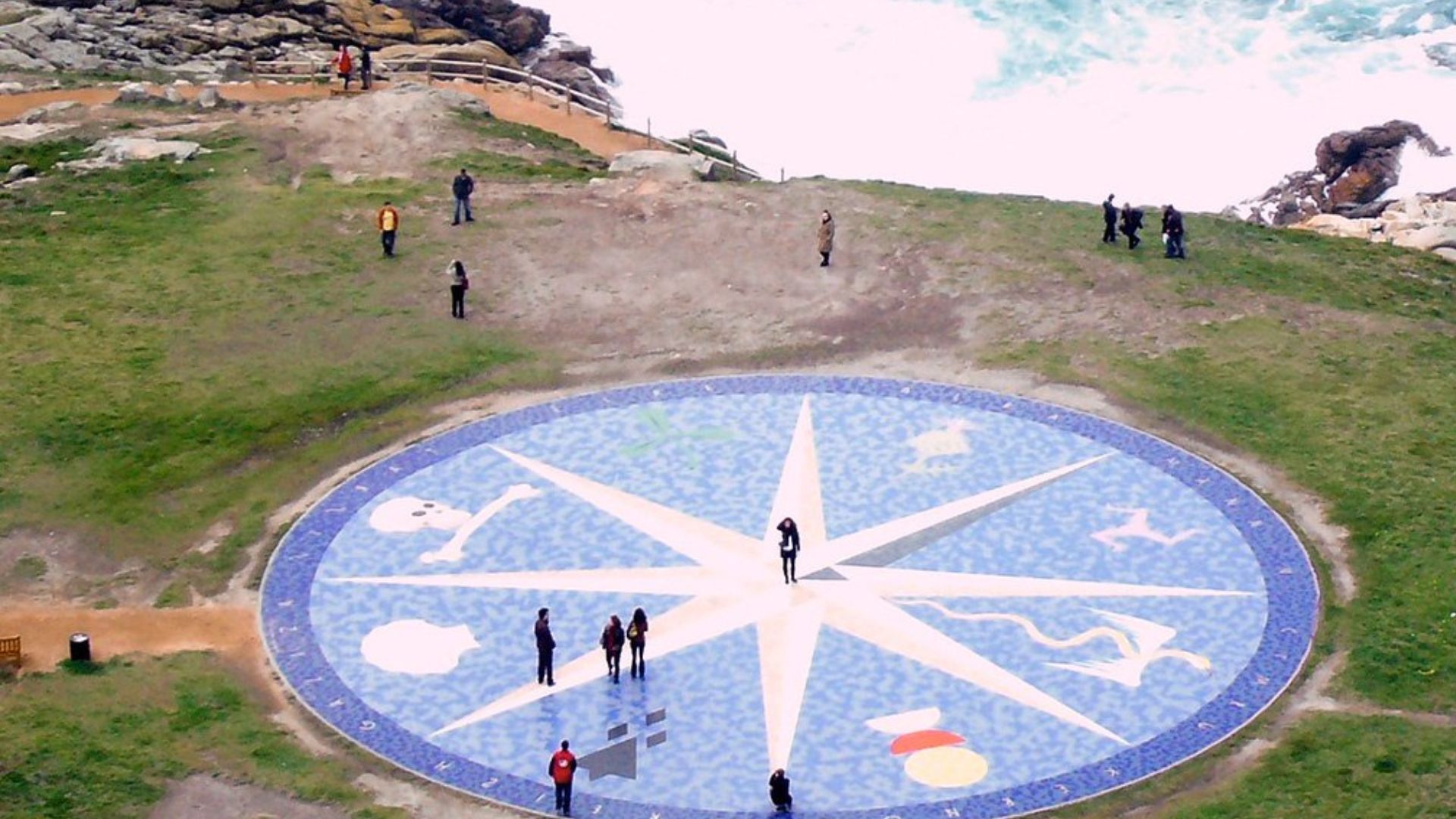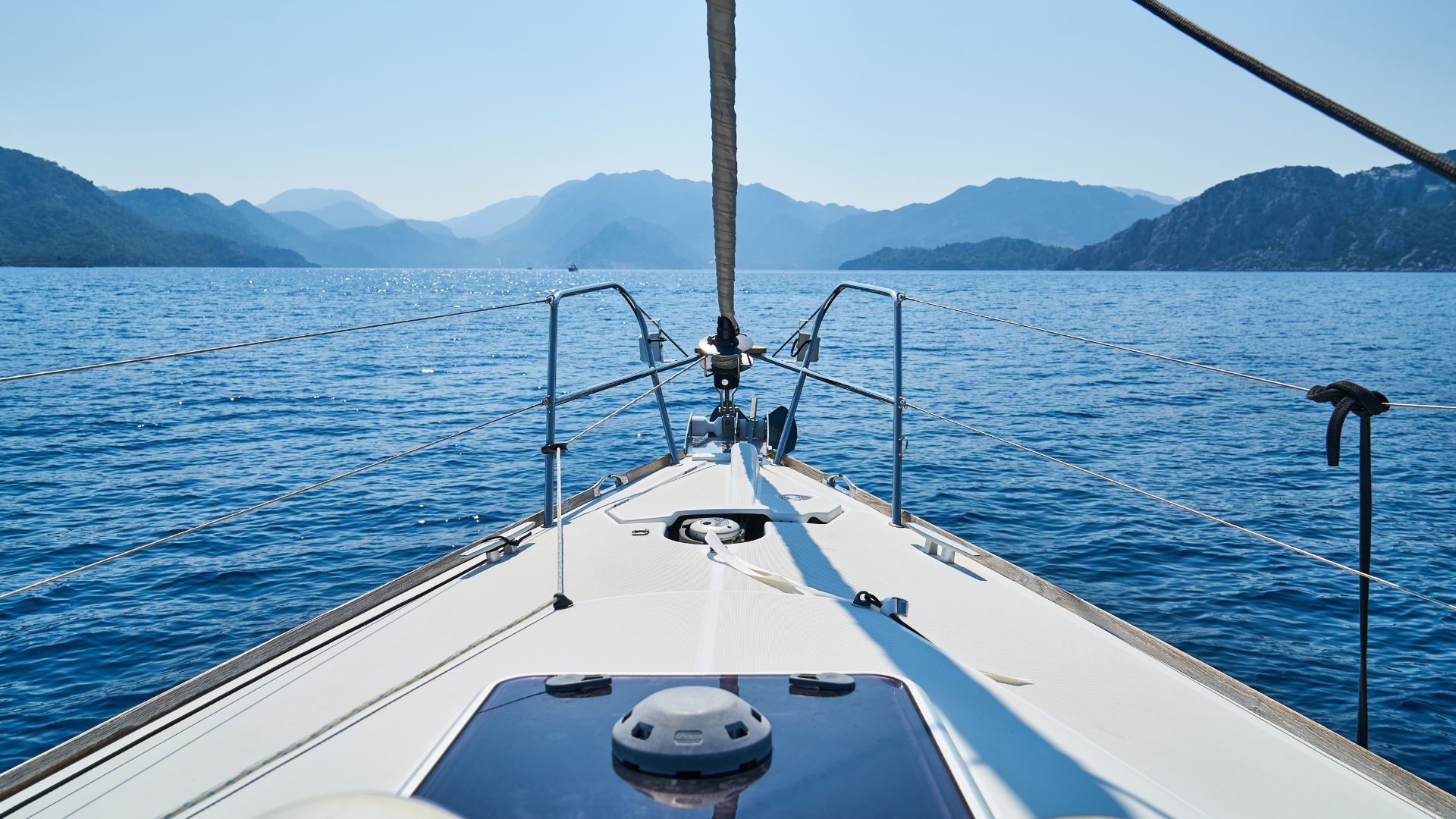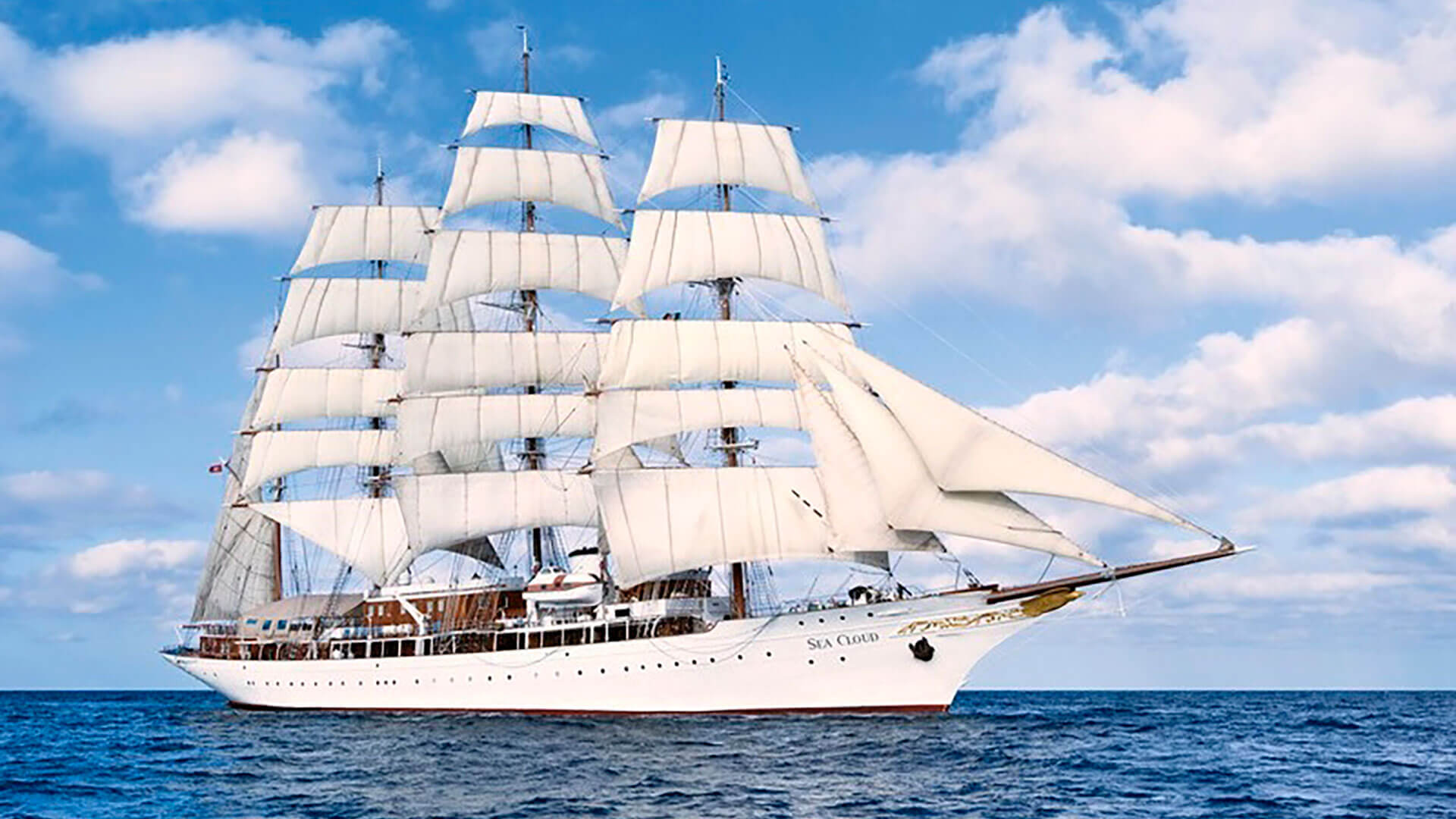
Navigation zones in Spain and how it affects the vessel
Navigation zones are standardized terms used in the maritime industry to define specific areas at sea, namely a delimited water territory that we place at a certain distance from the coast. These zones are used to establish different requirements and regulations for vessels navigating in those areas.
It is a basic concept in the nautical, since it is essential to decide for a title or another and also to choose the most appropriate boat for our needs.
As we can see in the Royal Decree 1185/2006 of October 16, we find 7 maritime areas:
 Zone 7
Zone 7
Navigation Zone 7, limited to sheltered coastal waters, harbors, bays and other sheltered areas, is a zone that is considered highly safe compared to open sea areas. In these areas, vessels are protected from extreme sea conditions and generally have less exposure to hazards. However, safety regulations still apply to ensure the safety of the people on board and the surrounding areas.
Vessels must be equipped with the necessary maritime equipment to ensure crew safety and compliance with maritime regulations. Personal safety equipment such as life jackets, flotation devices, flashlights, whistles and signal mirrors, and distress flares or rockets must be carried. A first aid kit is also a must.
On the other hand, navigation and communication equipment such as GPS, VFH radio and cell phones. In addition to all kinds of tools and spare parts, as well as all the anchoring and mooring equipment and of course the papers of permits and licenses of the boat.
Zone 6
In Navigation Zone 6, which extends up to 2 nautical miles from an accessible beach or sheltered area, vessels are even closer to shore and are therefore under specific regulations to ensure the safety of the crew and those on shore. This zone is the last to be within navigation in coastal waters.
As for the safety equipment, as we have been saying, we must add 3 hand flares with red light to all the mandatory equipment in zone 7, which after all is the essential in any boat when sailing.
Zone 5
We continue in the zones of navigation in coastal waters, zone 5, extends up to 5 nautical miles from an accessible beach or sheltered area, it is usually considered a coastal navigation zone and relatively close to the coast.
At the moment of allowing that this navigation sails without problems by the coast, it has to fulfill a series of requirements in which the material of security on board is found, these crafts should take in addition to all the previous thing (zone 6 and 7), a first-aid kit type nº 4.
Zone 4
As you may have noticed, although the numbers of zones are increasing, it is indirectly proportional to the miles. Being navigation zone 1 the one that covers the most miles, and as the number of zones increases, the miles decrease.
In this zone No. 4, which extends up to 12 nautical miles from the coast, it is considered a navigation zone close to the coast, but beyond the immediate and protected areas. From here, and in the next 2 zones (5 and 6), we leave the high seas zone to enter the navigation zone in coastal waters.
The mandatory safety equipment on board is all the above mentioned that must be carried in zones 1, 2 and 3, plus 1 life ring with light and tail light, 6 rockets with red light and parachute, 6 hand flares with red light, 1 floating smoke signal and 1 fire bucket with tail light of at least 7 liters.
Zone 3
Navigation Zone 3 in the context of maritime regulations may vary according to jurisdiction and country-specific regulations. In some maritime regulations, Navigation Zone 3 refers to an area extending up to 25 nautical miles from the coast. Like Zone 2 it is also within the offshore navigation zone.
As for the safety equipment to be carried on board, we start from the basis of what is mandatory in zone 1+2 adding some elements. We recall some things such as safety equipment, both for the crew (lifejacket, flotation devices...) and for the boat in question (fire extinguishers, flares and distress rockets...). Anchoring and mooring equipment, as well as all kinds of mandatory documents for the navigation of the boat.
To all this and more, that we commented in the navigation zone number 1 and 2, we must add something more, since in each zone minimum own materials are added for the zone in question. Which, in this case, in zone 3 would be life rafts for 100% of the people on board and a life raft type first aid kit.
Zone 2
In Navigation Zone 2, which extends up to a maximum of 60 nautical miles from the coast, vessels are subject to specific regulations to ensure safety in waters farther from the coast, but still relatively close to it. This navigation zone can also be called the high seas zone.
To navigate in zone 2, you will have to bring all the maritime equipment of zone 1. To this, we can add, 2 orange floating smoke signals and 2 fire buckets with a tailrope, 3 if the boat is longer than 20 meters.
Zone 1
Navigation Zone 1 is defined as a zone without limitations and covers all navigable waters. In this zone, vessels are free to navigate without specific restrictions, subject to general maritime safety and navigation regulations.
This area usually includes near-shore waters and offshore areas, where vessels can operate without specific geographical restrictions.
Regarding safety equipment on board, it is mandatory to have everything necessary for zone 2, extending the equipment in the nautical, various weapons, fire fighting and radio communications headings.
 Picture: Escola Port
Picture: Escola Port
How does the navigation zones affect the vessels?
As we have commented above, first of all, it affects the safety equipment on board that each navigation zone requires. But not only that, it also affects the design categories.
The design categories, also known as CE (Conformité Européene) categories, are standards established by the European Union to classify and certify different types of recreational craft according to their seaworthiness and the conditions to which they may be exposed at sea.
These categories are used to assess the safety and ability of vessels to cope with different sea and wind conditions. The design categories are as follows:
Category A
Vessels designed for offshore navigation, including ocean crossings, where wind and wave conditions in excess of force 8 (Beaufort) are expected, i.e. significant waves of more than 4 meters in height and winds in excess of 40 knots.
These vessels must be completely self-sufficient for extended periods of time and must be designed to withstand extreme conditions.
Category A vessels can therefore sail in all navigation zones. But they are the only ones that can sail in navigation zone 1. For this category and navigation zone 1 it is necessary to have a yacht captain's license.
Category B
Vessels designed for open sea navigation, but not necessarily for ocean crossings. Wind and wave conditions up to force 8 (Beaufort) and significant waves up to 4 meters high are expected. These vessels should be able to cope with adverse conditions, but with certain limitations compared to Category A vessels.
These vessels are more versatile and suitable for a wider range of sea conditions, making them popular with yachtsmen planning extended coastal voyages and shorter crossings.
Category B boats can sail without problems in navigation zones 2 and 3. For these boats the minimum qualification is that of a yacht skipper.
Category C
Boats designed for navigation in coastal waters, including large bays, lakes and rivers, with waves up to 2 meters high and winds up to 25 knots.
These vessels are designed for moderate conditions.
Category C boats are those that can sail in zones 4, 5 and 6; and for this the skipper must have the recreational boats skipper.
Category D
Boats designed for protected waters, such as lakes, rivers and canals, with waves up to 0.5 meters high and wind conditions up to 15 knots. These boats are designed for calm waters and light wind conditions.
So this category is only for navigation zone 7. If you do not have the PER certificate, the skipper with a simple navigation license (simpler license) can navigate these boats without any problem.
It is important that mariners select vessels that are appropriately classified for the type of navigation they plan to undertake, ensuring that the design category is appropriate for the conditions of the marine environment in which they intend to operate.
In addition, it is essential that mariners are aware of the specific regulations of the navigation zones in the region where they plan to navigate and ensure that they comply with all requirements to ensure crew safety and legal compliance.













_v2.svg)
_v2.svg)









_v2.svg)


